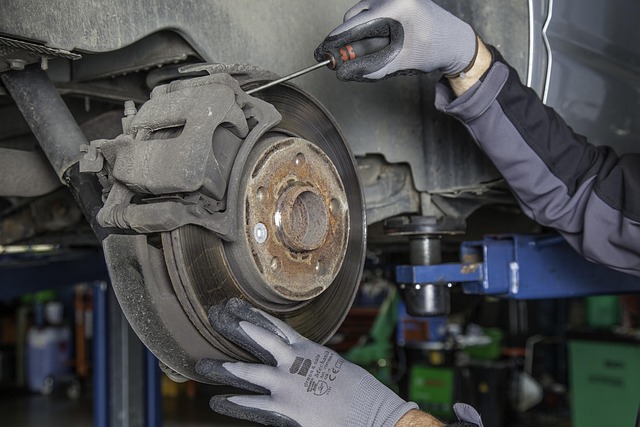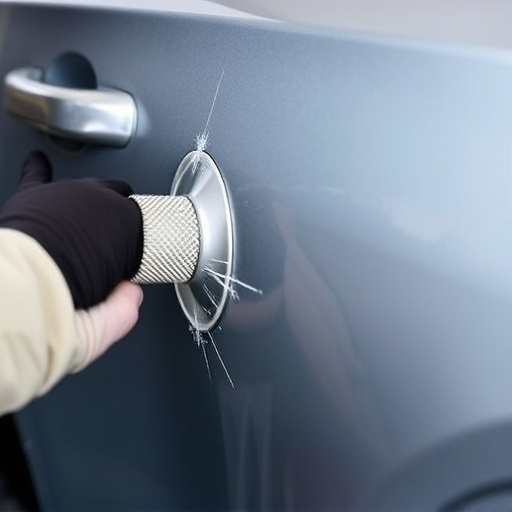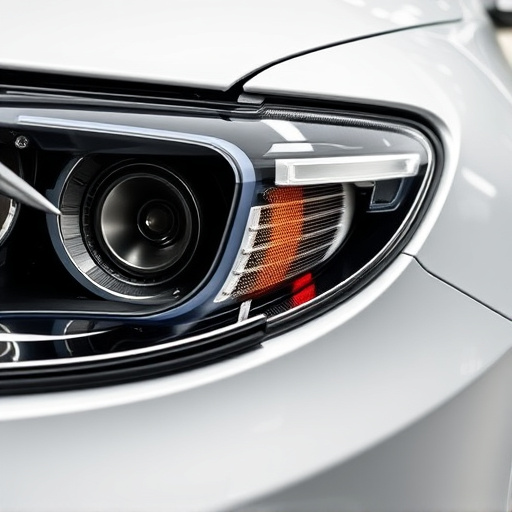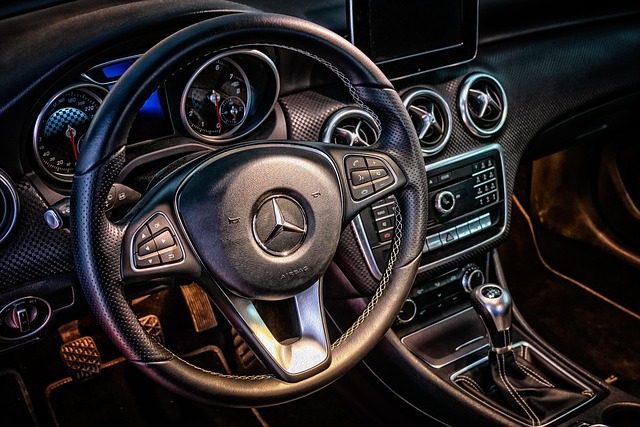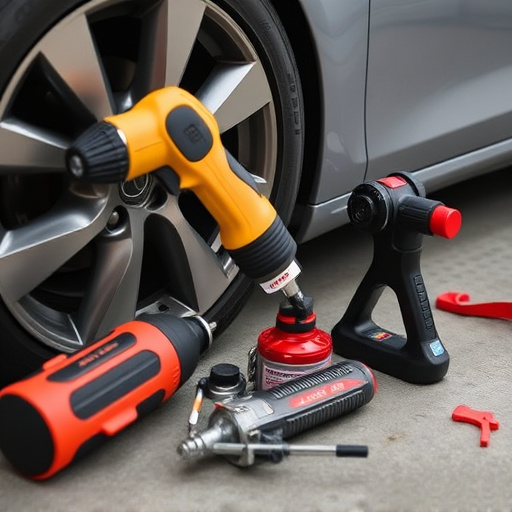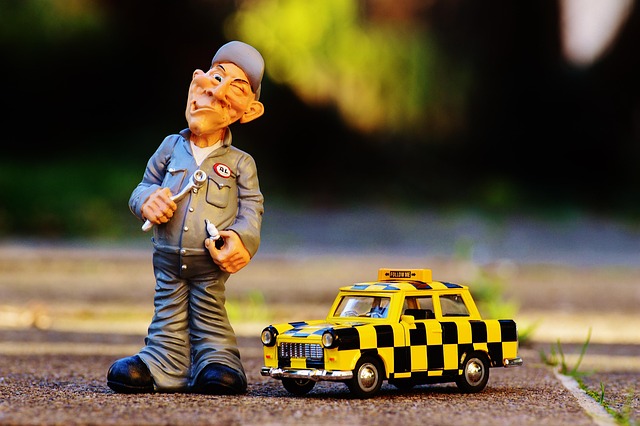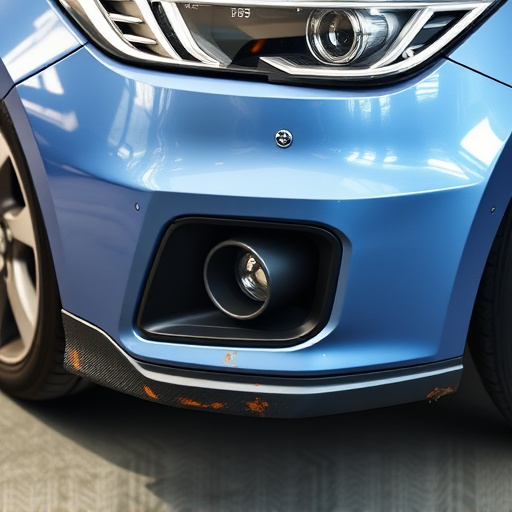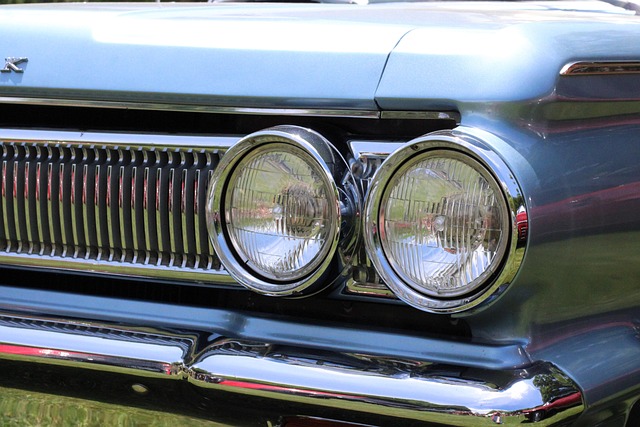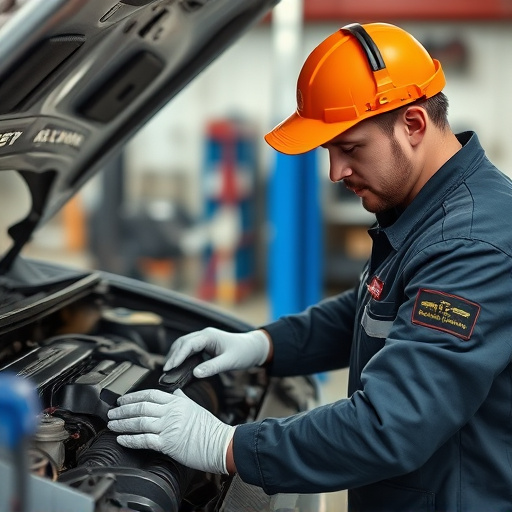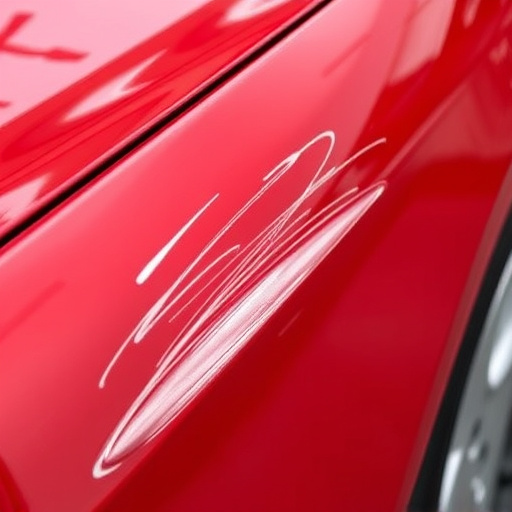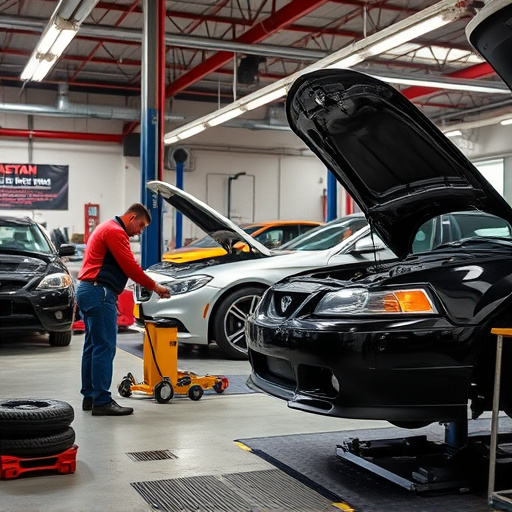Liability claim repair is a strategic approach for auto repair centers to minimize future costs beyond immediate vehicle damage fixes. It involves meticulous record-keeping, efficient communication with insurers, and thorough assessments, including techniques like frame straightening to prevent recurring structural issues. Proactive practices, such as regular vehicle inspections and prompt maintenance, lead to cost savings through reduced repair bills, improved safety, lower accidents, and higher customer satisfaction. Implementing a robust liability claim repair program, with clear best practices, training, and digital tools, enhances financial resilience and streamlines processes, ultimately curbing expenses related to car collision repair over time.
Liability claim repair is a strategic approach to risk management that can significantly reduce future costs. By proactively addressing issues that lead to claims, organizations can minimize direct expenses and prevent indirect cost savings from escalating. This article explores three key aspects of liability claim repair: understanding the process, leveraging cost savings, and implementing best practices for an effective program. Discover how these strategies not only mitigate risks but also foster a culture of safety and responsibility.
- Understanding Liability Claim Repair: A Strategic Approach to Risk Management
- The Direct and Indirect Cost Savings of Proactive Repairs
- Best Practices for Implementing an Effective Liability Claim Repair Program
Understanding Liability Claim Repair: A Strategic Approach to Risk Management
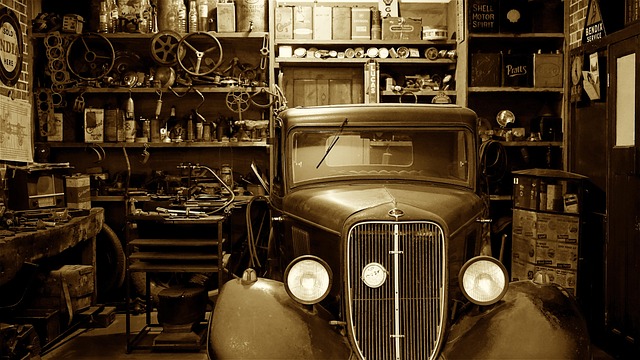
Liability claim repair is a strategic approach to risk management that involves addressing and rectifying issues arising from insurance claims. It’s not just about fixing damages to vehicles; it’s a comprehensive process designed to minimize future costs for businesses, especially those operating collision repair centers. By proactively managing liability claims, auto collision repair facilities can prevent recurring financial burdens associated with accidents and incidents. This proactive approach considers the entire lifecycle of a claim, from initial reporting to final resolution, ensuring that all necessary steps are taken to protect against potential losses.
Effective liability claim repair includes meticulous record-keeping, efficient communication with insurance providers, and thorough damage assessments. For instance, frame straightening techniques employed by skilled technicians can not only restore vehicles to their pre-accident condition but also reduce the likelihood of future structural issues that could lead to costly repairs. This strategic management not only saves money in the short term but also fosters better relationships with insurance companies, potentially leading to more favorable terms and faster claim settlements in the long run.
The Direct and Indirect Cost Savings of Proactive Repairs
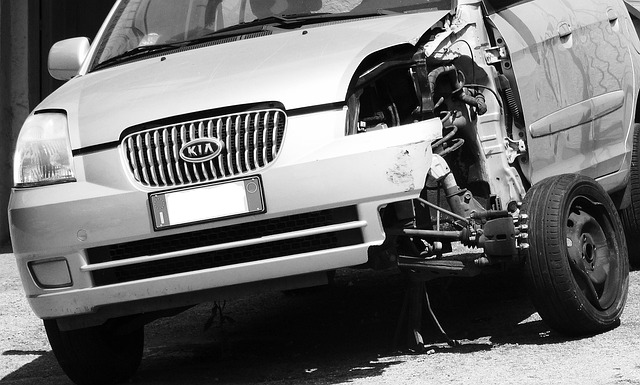
Proactive liability claim repair offers significant cost savings for businesses by addressing issues before they escalate into costly claims. Direct savings are evident in the reduction of repair bills associated with accident damage. By quickly repairing minor dents, scratches, or other cosmetic issues through services like auto detailing and car dent repair, companies can prevent major auto body repairs that would otherwise be required if left untreated.
Indirect cost savings are equally substantial. A proactive approach to liability claim repair fosters a culture of safety and maintenance, thereby reducing the likelihood of future accidents. This is achieved through regular vehicle inspections and prompt addressing of maintenance concerns. Moreover, satisfied customers who receive quality auto body services are less likely to file claims, further minimizing financial exposure for the business.
Best Practices for Implementing an Effective Liability Claim Repair Program

Implementing a robust liability claim repair program is key to minimizing future costs and enhancing an organization’s financial resilience. The first step involves establishing clear best practices that define the scope, procedures, and responsibilities within the program. This includes defining specific protocols for handling claims, such as prompt response times, accurate documentation, and efficient communication with all parties involved, including insurance providers and clients. Regular training sessions and updates on industry standards and regulations are essential to keep the team informed and equipped to handle complex cases effectively.
Additionally, integrating digital tools and processes can significantly streamline liability claim repair. Utilizing specialized software for claims management can automate data entry, track case progress, and generate reports, reducing human error and increasing efficiency. This digital transformation not only expedites repairs but also fosters better record-keeping, which is crucial for future reference and cost analysis. Embracing these best practices and leveraging technology ensures that liability claim repair becomes a strategic asset, capable of identifying trends, implementing preventative measures, and ultimately, curbing expenses related to car collision repair, automotive collision repair, and vehicle repair services over time.
Liability claim repair is a strategic approach not only to mitigate immediate financial losses but also to significantly reduce future costs. By proactively addressing issues that lead to claims, organizations can create a more robust risk management framework. Implementing best practices for liability claim repair, such as thorough investigation, efficient repairs, and continuous monitoring, ensures that potential problems are identified early, minimizing both direct and indirect expenses. This proactive approach is key to fostering operational efficiency and financial stability in the long term.
